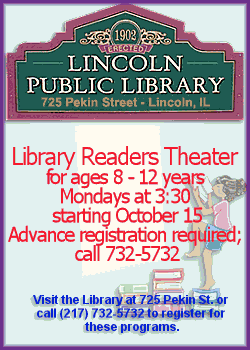 Review by Review by
Richard SumrallThe ancient Roman poet Martial once wrote,
"It is easy to do without silver and gold and your toga and cloak, but it is
difficult to give up mushrooms." In his book "Mushrooming Without Fear,"
mushroom expert Alexander Schwab explains what exactly a mushroom is, how to
positively identify the ones that are safe to eat, and a miscellany of
information related to mushrooms and trees and the proper handling, storing
and cooking of mushrooms.
"Mushrooming Without Fear"
When mushrooming is conducted in a safe manner, it can be a very
rewarding experience. The three "safe method" steps every picker should
follow are:
-
As a beginner, leave alone
most mushrooms you find.
-
Look closely at what you
actually see, not what you wish was there.
-
Stick to the rules and every
stage involved in the mushroom identification process.

Since mushrooms are complex organisms, it is essential that you never
pick ones with gills (the radiating blades on the underside of the cap). You
can take mushrooms with tubes, spines and ridges. Schwab illustrates exactly
what these terms mean and what you are looking for in the wild. Since you
cannot always tell what is under the cap, simply break off a small portion
for inspection.
Mushrooms should be of a certain size before they begin displaying all of
the aforementioned physical characteristics. They should also be in "mint
condition," meaning they have firm flesh, are free of worms and parasites,
and have no rotten smell.
Contrary to popular belief, mushrooms should not be pulled from the
ground. Schwab recommends the cut and cover method -- cut it just above the
ground and cover the in-ground stem with some dirt or leaves.
"Positively Identifying Mushrooms"
Schwab devotes this portion of the book to identifying edible mushrooms
based on their physical characteristics (tubes, ridges and spines). The most
flavorful and edible of each species are included and are identified by
their common and scientific (Latin) names. In addition to the physical
characteristics, Schwab has compiled a useful "Positive ID Checklist" for
each species. This ready reference contains salient facts about that
species, an estimation of size and a brief description of its appearance and
habitat. Every mushroom in this section is beautifully illustrated in
numerous color photographs. These photographs are important to the book's
presentation and should be considered part of any picker's list of
equipment.
[to top of second column] |

Some of the more interesting varieties include the Hen of the
Woods, a tuber so highly prized that pickers who found it started to
dance for joy; the Trumpet Chanterelle, whose habitat includes mossy
areas; and the Hedgehog Fungus, the true culinary mushroom with
spines. The Hedgehog is popular with pickers because of its
propensity to bend upward and grow so that the cap reveals its
underside.
"Mushrooming Miscellany"
The growth of some mushrooms is dependent on the surrounding
trees. According to Schwab, the most important trees for pickers to
look for are beech, birch, oak, pine, spruce, aspen and larch. The
book provides clearly detailed photographs of these trees and their
bark and leaf combination so that pickers can identify them in the
woods.
When you are cleaning your collected mushrooms at home, be sure
to compare them with the book's photographs and ID checklists. If
they are acceptable, you can inspect them for good quality and clean
them with a cloth. You should never wet the fresh-picked
mushrooms to clean them.
The classic method for storing mushrooms is drying, and the most
effective drying process is the dehydrator (the one exception are
the chanterelles). After drying, they can be stored in airtight
containers or sealers in a dark place.

Schwab concludes with some cooking tips and some basic
preparation steps for mushrooms that are fresh, frozen or dried.
"Mushrooming Without Fear" is an excellent guide to an activity
that, when practiced with patience and common sense, can yield many
culinary delights and be physically and spiritually rewarding. This
book is recommended to anyone interested in learning how to safely
gather mushrooms for consumption.
[Text from file received
from Richard Sumrall,
Lincoln Public Library District]
 |